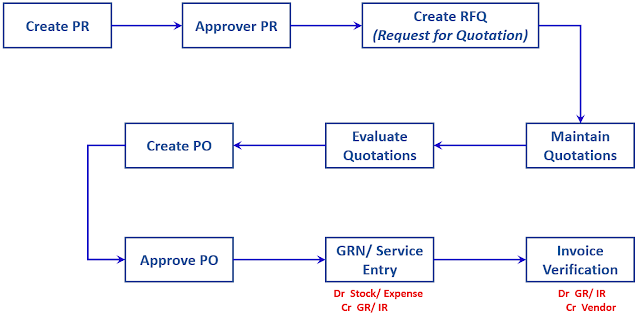



The basic accounts payable cycle includes three significant documents – purchase order (PO), receiving report (or goods receipt), and vendor invoice. Get to Know the Basic AP Workflow Process AP automation streamlines these steps and ensures a higher level of accuracy throughout every step of the workflow. P2P covers the cycle from procurement and invoice processing to vendor payments. The accounts payable process is only one part of what is known as P2P ( procure-to-pay). The full cycle of the accounts payable process includes invoice data capture, coding invoices with correct account and cost center, approving invoices, matching invoices to purchase orders, and posting for payments. This workflow includes a range of essential accounting steps needed to complete a purchase when an order is placed and the customer receives the desired product or service, as well as best practices related to those activities. The accounts payable process falls under the broader expenditure and purchasing cycle. Businesses worldwide base their operations on the expenditure cycle and the revenue cycle.


 0 kommentar(er)
0 kommentar(er)
